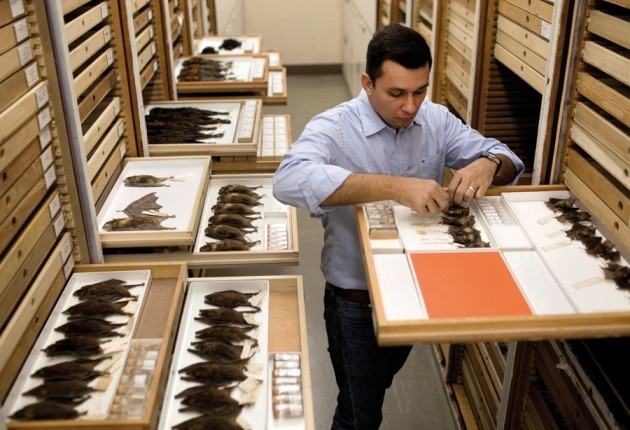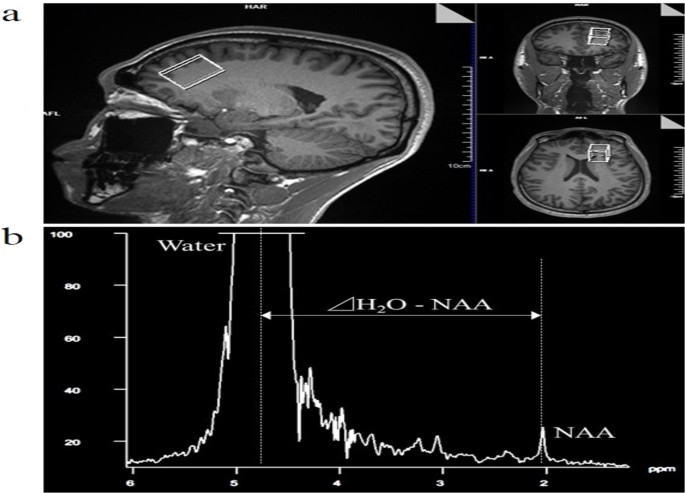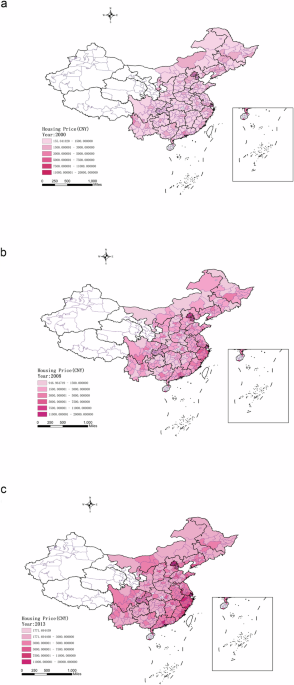- Select a language for the TTS:
- UK English Female
- UK English Male
- US English Female
- US English Male
- Australian Female
- Australian Male
- Language selected: (auto detect) - EN
Play all audios:
Researchers have made rod-shaped lead selenide quantum dots using a marine fungus1. These semiconducting dots could be used to harness solar energy. Lead selenide quantum dots have a large
bandgap — the energy gap that determines the electrical conductivity of semiconducting materials. Present techniques for producing such quantum dots are expensive and involve toxic
chemicals. Various microorganisms have been used to synthesize quantum dots, rods and wires for medical and biological imaging applications, but to date no cost-effective green method for
synthesizing lead selenide quantum dots has been found. The researchers devised an ecofriendly technique for making lead selenide quantum dots that involves using a lead- and
selenium-tolerant marine fungus ( _Aspergillus terreus_ ), together with lead and selenium. The marine fungus produced lead selenide quantum dots as nanorods with an average diameter of 59
nm. Absorption studies using ultraviolet and visible light revealed that the nanorods were capped by proteins from the marine fungus. This protein coat enhanced the nanorods' stability
and biocompatibility, preventing their aggregation. The study also found the nanorods had a much higher bandgap than bulk lead selenide. In addition, the nanorods were found to fluoresce.
This combination of a large bandgap and fluorescence makes the nanorods very promising for use in solar cells, biosensing and bioimaging.










